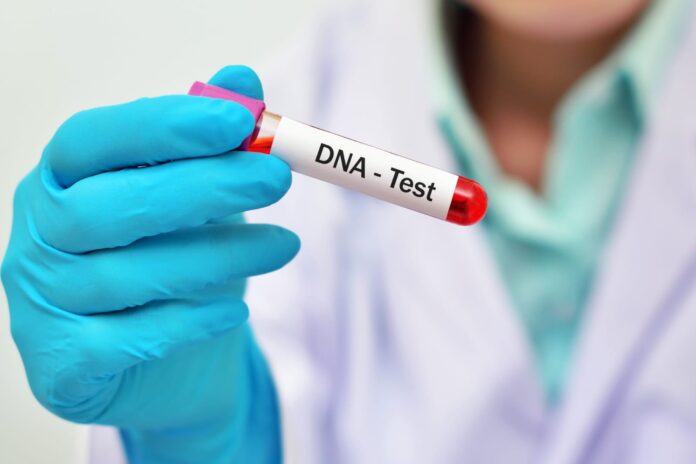Even though Friedrich Miescher discovered the structure of DNA in 1869, it wasn’t until almost 100 years later that Dr. Watson and Dr. Crick understood the role it played in genetic inheritance. And even today, scientists have yet to uncover its full use. But, thanks to Dr. Watson and Dr. Crick, people throughout the globe can get their DNA tested.
But, what is a DNA test? And how can it help you uncover your genetic ancestry? In today’s post, we will answer these questions and more, so be sure to stick around until the end!
DNA Test Explained
DNA testing involves identifying changes in DNA sequence or chromosome structure. There are several types of DNA tests, such as those for diagnosing or ruling out potential genetic disorders in a patient. Additionally, a DNA test can reveal who your ancestors were, which is very common today.
Doctors perform these tests by various means, from bloodwork to a simple cheek swab. Once the doctors receive your DNA samples, it’ll take a couple of weeks before any results are known since this process takes time to complete.
Of course, another purpose of DNA testing is to determine biological parents, which we’ll get into more detail in the following section.
Paternity Test
A paternity test is a method of DNA testing that uncovers the parental ancestry of the one being tested on. In simple terms, it’s a way to determine the person’s father. And what is done during a paternity test?
During a paternity test, the doctors analyze the Y chromosome in your DNA. Once they determine your unique Y chromosome layout, they’ll explore the Y chromosome of the male in question to see if they are a match. But, you can only find the Y chromosome on males, so if you’re a female wanting to do a paternity test, you’ll need to go about it differently.
A female can do a paternity test by comparing the genetic patterns found both on her and the male. But, this method takes more time than analyzing the Y chromosome.
Maternity Test
As you can imagine, a maternity test involves testing for maternal ancestry or, in simpler terms, if the female in question is the mother. This type of DNA test is quite different from the paternity test since it analyzes mitochondrial DNA. Whether male or female, every person carries the mitochondrial DNA of their mothers, so the process for both genders is the same, unlike the paternity test.
It’s worth mentioning that fathers don’t pass on their mitochondrial DNA, so this test cannot reveal your paternal ancestry.
What Is a DNA Test – Answered
Hopefully, you know the answer to the question, “what is a DNA test?” Additionally, now you understand the different types of DNA testing, especially maternity and paternity test. And, be sure to save this post for future reference!
Did you enjoy learning about DNA testing? If so, we offer other interesting topics that may catch your attention. So, be sure to check them out!









